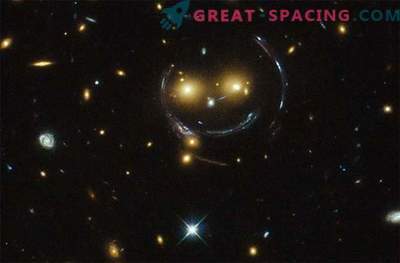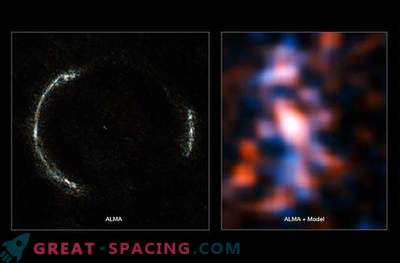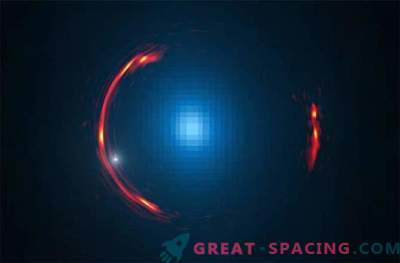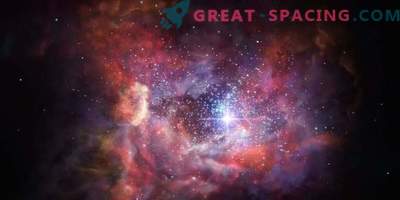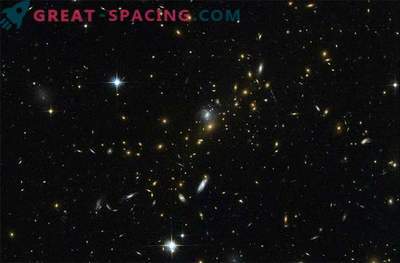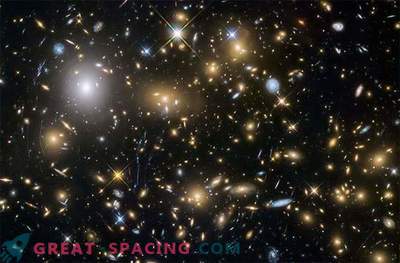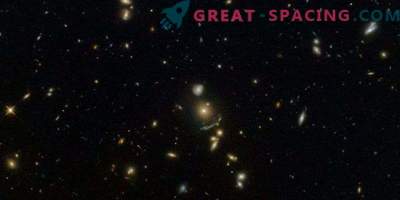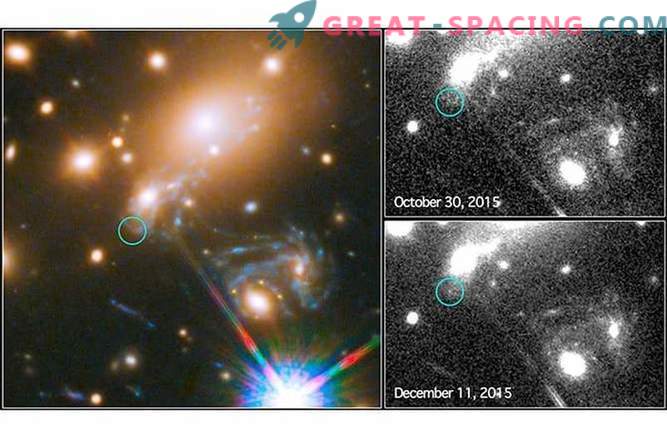
The ancient supernova that was spotted by good fortune thanks to a cosmic lens in a series of images of Hubble reappeared again, as astronomers predicted.
The exploded star, known as Refsdal, named after the Norwegian astronomer Shura Refsdal, was first seen in November 2014. Scientists were stunned to discover four images of a supernova around a galaxy — a structure known as the “Einstein Cross.”
The four-time image was caused by light from a supernova that exploded about 10 billion years ago, adopting various paths around a gravitationally-curved region of space relative to the Hubble line of sight.
Massive clusters of galaxies bend space-time - a phenomenon predicted by Albert Einstein 100 years ago. Astronomers have used the so-called “gravitational lens” to enhance the optical abilities of Hubble.
Four images of the supernova made by Hubble appeared over the course of several weeks in November 2014. Scientists have predicted that a gravitational lens may re-manifest images of a supernova over the next five years. The confirmation came on December 11th.
“We used seven different cluster models to calculate the place and time of a supernova in the future. It is noteworthy that all seven models predicted the same moment in time,” said physicist Tommaso Treu of the University of California, Los Angeles.
Predicting Refsdal's new appearance, scientists can now calculate the mass of the lens cluster, in particular, calculate the mass of its dark matter.




